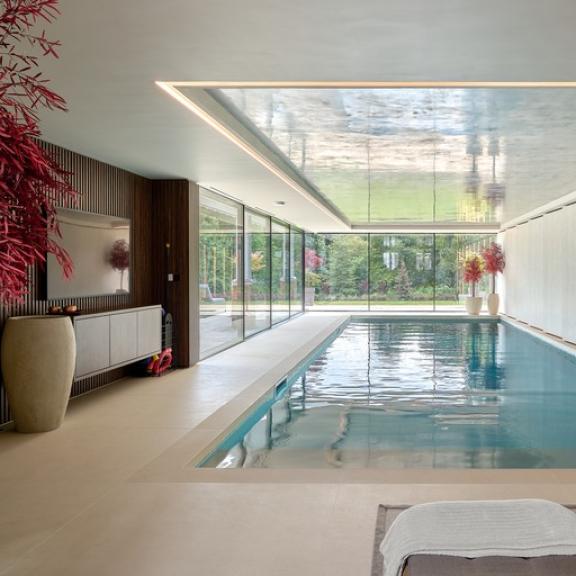Do internships add value to your business?
Employing interns can be good for an interior design practice. Discover the reasons, along with the issues you should consider before offering them

Internships have become a feature of many industries, and that includes interior design. For the intern, they can offer beneficial experience that has become increasingly important in gaining access to the profession. For the interior design practice, offering internships can bring benefits. However, they represent a commitment of time and resources and doing so should not be undertaken lightly.
Benefits of employing interns
CVs, portfolios, and interviews provide an insight into the candidates for a job, but employing someone as an intern will give you a greater understanding of their skills and how they work as part of a team from day to day. This can prove valuable to your practice when you are recruiting for jobs, allowing you to appreciate better what an individual has to offer and how they would work with your existing employees.
Interns can also bring new ideas and another perspective to a practice that can be useful. Those coming from a course, or interning during vacations, should have up-to-date technical skills, and interns might provide social media expertise that could also be helpful to a practice.
Another advantage of employing interns is that those you choose to offer jobs to subsequently already understand the practice and know their colleagues. This could aid them in thriving in their role sooner than an individual who is brand new to the practice might.
Recruiting interns can increase staffing for a particular period or project allowing existing employees to spend more of their time on tasks that demand their expertise. Meanwhile the interns are offered the opportunity to acquire skills and gain relevant experience through the work they are given to carry out.
Offering internships also gives staff members the chance to grow their experience of supervision. This might help them to prepare for managerial roles and can be motivating both because of this and because they witness the interns developing.
Increasing connections with universities and training providers through offering internships can also be worthwhile for a practice. These connections are valuable both at the level of the course providers, but also at student level. Students who return to a course or are in touch with fellow graduates can spread the word about your practice which can result in a larger pool of applicants for both internships and jobs in the future. This might make a smaller practice more competitive with those that are better known as previous interns spread the word about the experience and training offered.
Recruiting interns according to the principles of creating equal and fair access can additionally benefit your practice by providing access to a larger talent pool. This can also contribute to making the interior design profession more diverse and inclusive as a whole, and ensuring the profession is more creative and successful as a result.

What to consider when employing interns
For internships to add value to a practice, it’s important to be able to meet the needs of the interns. An internship should allow an individual to better understand the profession, develop their professional skills and enhance their employability. Meeting interns’ needs will involve a time commitment and necessarily take you away from projects both in preparation – when as well as thinking about how an intern might benefit your practice, you consider what skills and insight the intern will gain – and during the internship itself.
The common best practice code for high quality internships, produced by the Gateways to the Professions Collaborative Forum, a government advisory group, states that you should be able to identify the work for which an intern will be responsible; establish how it will allow them to acquire relevant skills and experience, and provide the necessary level of support.
Note also that renumeration is a crucial issue. The BIID recommends that all interior design practice interns are paid at least the national minimum wage, noting in How to create an inclusive design practice that ‘Unpaid internships are exclusionary as they exclude anyone who cannot afford to work without pay.’ The best practice code (see above) also notes that paying a salary facilitates wider access to the profession, plus helping to attract the best candidates, and that it reflects well on the profession, too. Whether you are able to manage the costs of employing interns is therefore a vital consideration.
Weighing up internships
Offering paid internships can add value to a practice. However, this is contingent on whether you can support the individuals you employ in line with best practice, so that they acquire relevant skills and experience, and are given feedback and support throughout the internship. Being able to dedicate both your time and that of other employees to the interns and being able to adequately remunerate them is also all-important.
Explore new resources from the BIID. Seeing a padlock? Just login or become a member to view.
View the highlights from our 60th anniversary party
We asked Anna Burles: What makes the perfect software?
Discover the smart home technology awards with Platinum Partner, CEDIA
Explore the latest, member-exclusive, templates designed to make your life easier.
University of Gloucestershire wins the BIID Student Design Challenge 2025.





